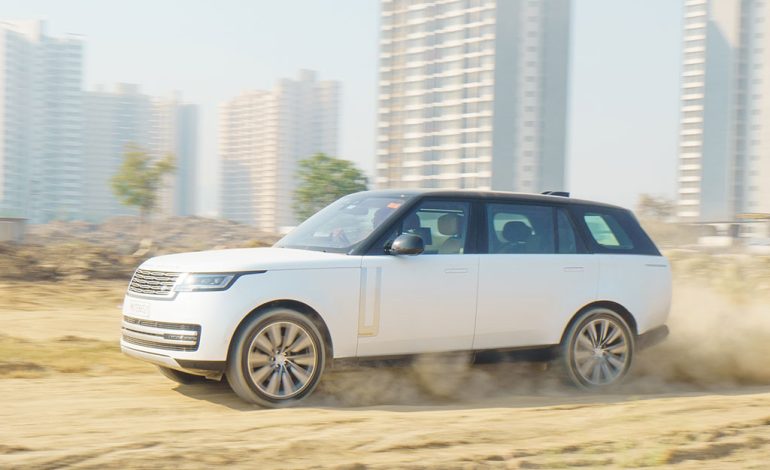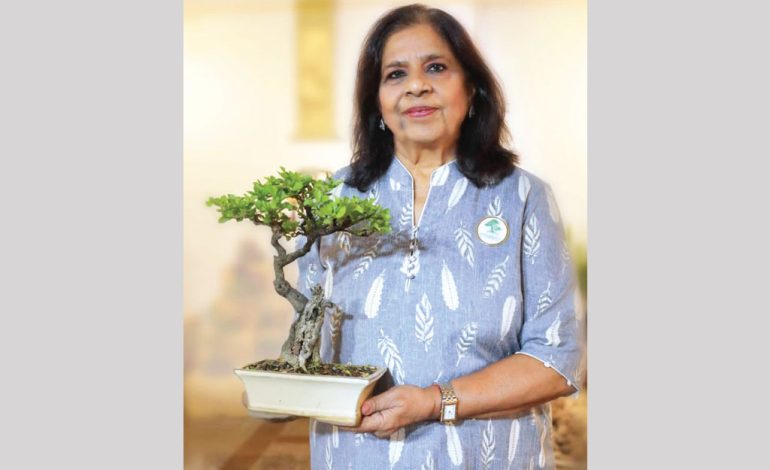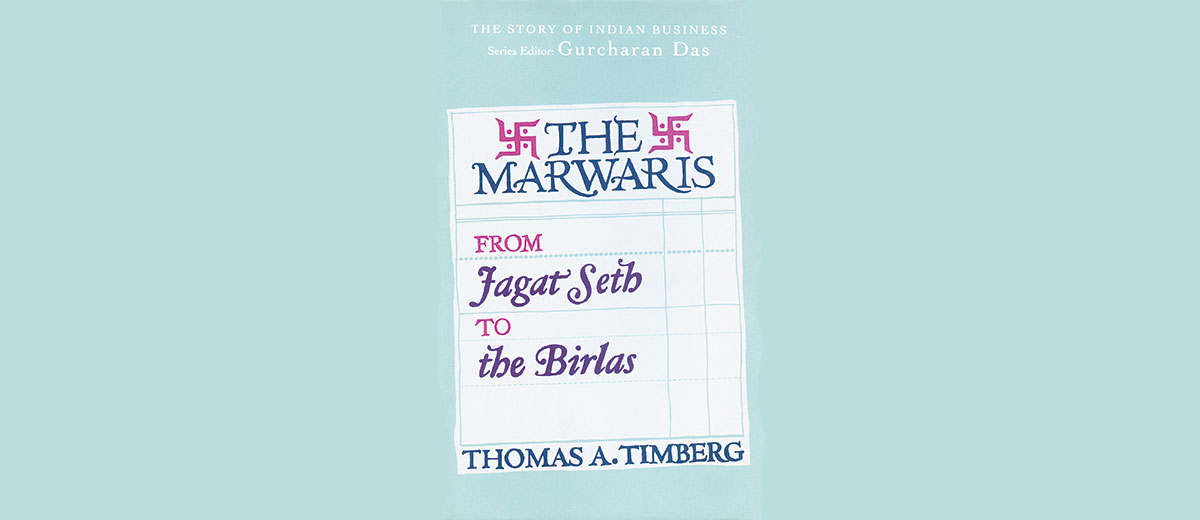
Rendezvous With Range Rover
The opulent do-it-all vehicle from Land Rover has reached its fifth generation with the recent launch of flagship SUV Range Rover Autobiography, in India. MARWAR reviews the high-end vehicle, a great one to start for someone looking to hop onto a kingsize comfort bandwagon.
It’s been a little over 50 years since Range Rover, the flagship offering from Land Rover, was introduced to the world. Each iteration since then has aimed to keep the ‘Range Rover’ core principles preserved while garnishing the new flagships with the latest tech and innovation. This fifth generation SUV does exactly that.
Imagine someone in their prime of life during the 1970s; leaving behind an era of prosperity and growth and entering into the new decade full of hope. In this new zest for living in extravagance, the first Range Rover was introduced to the world. And while the economic growth of the ’60s didn’t quite transition smoothly into the oil crisis and global slump of the ’70s, the Range Rover thrived and was hugely appreciated for its glorious industrial design. The machine that started out as an opulent do-it-all go-anywhere vehicle, now in its fifth generation, is very different from the original yet carries all of its core values.
Luxurious Design
The car you see (in the pic) is the Range Rover Autobiography, which in plain English translates to the most luxurious variant of Land Rover’s flagship SUV in India that’s brimmed to the neck in tech and luxury features while adding an extra 200mm wheelbase that translates to a vast 193mm legroom. This by all means is an extra-large car that is successfully able to hide its footprint behind the new design. While the overall silhouette still retains hints of the previous generation car(s), the new car’s sleeker laser LED headlights with sharperslatted grille and rounded off rear end carries a continuous design connecting the tail lights on either side. A case of minimalism serving to keep things within proportion.
On the inside, the extra legroom, just like before, has been utilised to fit two large and luxurious recliners as back seats with built-in massage function, ventilation and recline with footrest, where the co-driver seat can be folded all the way ahead giving the rear passenger a proper airline-style, first class roominess. The rear convenience and entertainment features are controlled via a touchscreen integrated in the electronically powered central armrest that displays media on the crisp 11.4-inch touchscreens mounted behind the front seats. The entertainment experience back here is akin to a private, high-end home theatre on the move that further isolates the passengers with active noise cancellation while cocooned in leather, veneer and metal.
The new Autobiography covers all grounds within its price tag of ₹3.16 crore for the 5-seater variant and ₹3.27 crore for the 7-seater, albeit the automatically-deployable side step has to be purchased extra from the options list. Pretty wild that it doesn’t get included in the price considering how tall the car’s ingress and egress is, specially for someone under five-anda- half feet height!
Royalty On A Throne
As you climb into the front seat, the sense of a throne-like experience immediately takes over. Sitting tall, the peripheral view is vast while being surrounded by some of the sharpest screens in the business. Land Rover’s current Pivi Pro infotainment system has to be one of the nicest looking user experiences in the business that can be controlled by the centrally mounted, floating 13.1-inch touchscreen. Following the exterior trend of minimalism, most of the functionality previously assigned to physical switches now resides within this touchscreen where most features are easily accessible within a few touches.
The feeling of ‘royalty seated on a throne’ doesn’t go anywhere once you shift to Drive on the redesigned gear selector. As the car wafts ahead in its innate Range Rover character that reflects from the smooth build-up of speed and supple suspension that keep you unruffled whatever the changes in road surface. The isolation from the exterior environment keeps thoughts from going astray while you proceed unbothered by road and traffic. While the Range Rover is best experienced at a relaxed pace, stomping on the throttle pedal can move things a bit swiftly too. The 3-litre, 258 horsepower engine puts out an impressive 700Nm of torque—good enough to ensure that the 2.5 tonne behemoth gets up and going reasonably quick taking just 6.3 seconds to reach hundred from standstill and keep pulling relentlessly past 200 kmph. What’s even more surprising about this full-size SUV is the way it handles corners.
For a long and heavy machine, the Range Rover does require some assistance in keeping upright around bends. The air suspensions on Sport mode help in keeping the body composed, further assisted by a chassis that is 30 per cent stiffer than the one from the the previous generation. This, however, also means that the road surface is felt a bit more in comparison to the previous car although it’s not too noticeable. Further assisting the car turn into corners is the newly-introduced rear wheel steering that turns the rear wheels in the direction of the curve at high speed and turns inwards at parking lot speeds to reduce the turning radius, making it easier to get in and out of tight spaces.
Keeping up with the times is what Range Rover has always done best apart from satisfying the luxury and comfort side that it already nailed some generations ago. That said, with every new iteration, luxury and comfort has been paramount, which is the case here too without any compromise in the SUV’s capability. The new car is a worthy upgrade as well as a great place to start for someone looking to hop onto the kingsize comfort bandwagon.
Price: ₹3.16 crore (5-seater variant);
₹3.27 crore (7-seater variant)












